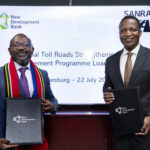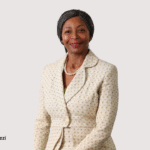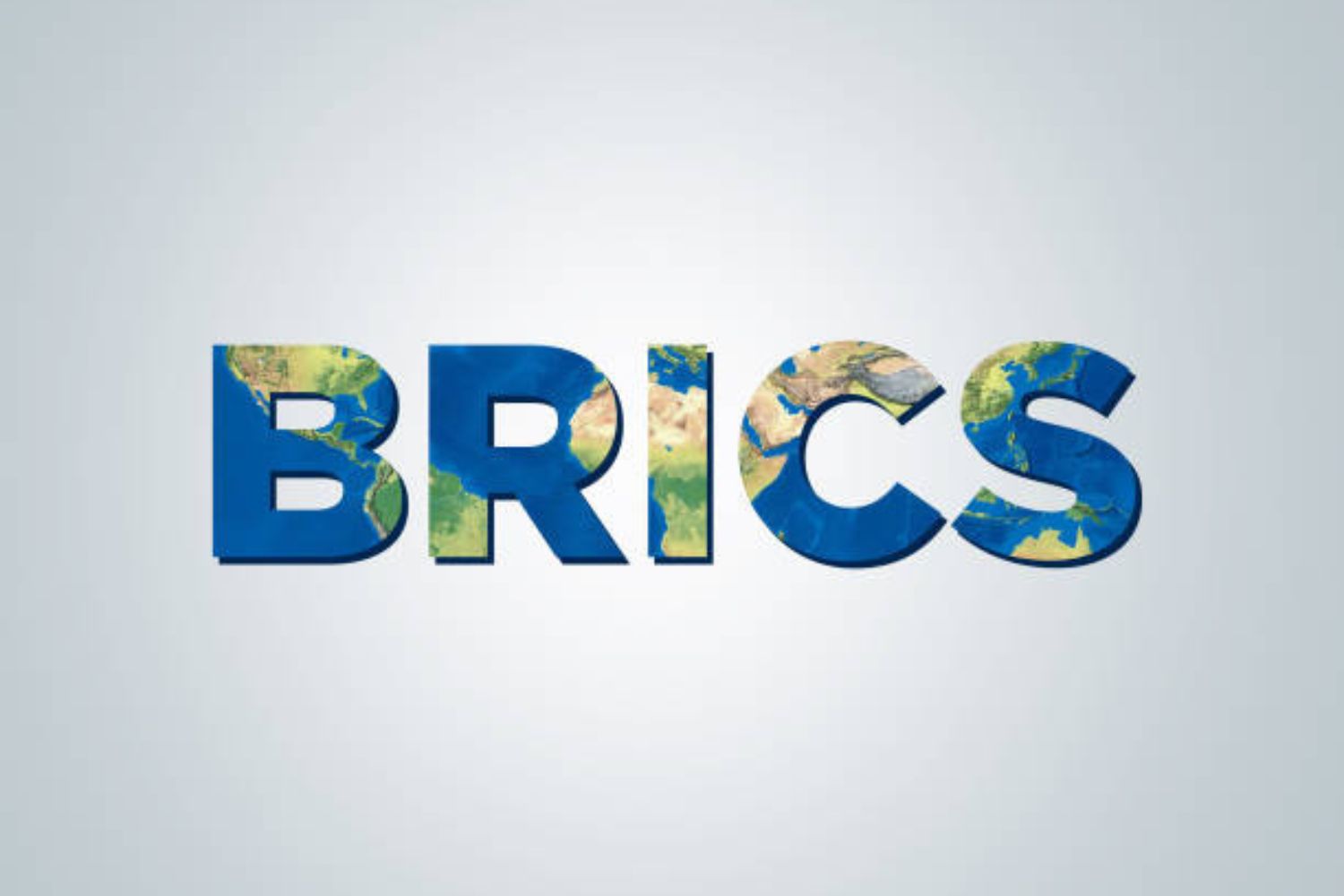South Africa’s governing African National Congress has found itself stuck between a rock and a hard place. Following the election on 29 May, the party found itself with just over only 40% of the vote. This means that it needs to find another party to partner with if it wants to pass legislation. So, being in a tight corner, the governing party has needed to look at its choices.
The obvious one is the main opposition – the Democratic Alliance. This party saw a vote count of almost 22% and appears to be eager to form a coalition. Party leader John Steenhuisen has told BGTN that the ANC and DA are not far apart with regards to policies and can find common ground. When asked about policies such as National Health Insurance and foreign policy, Steenhuisen explained that with a little work, the two parties can move closer together.
There is the question of race as the DA is perceived as a whites-only party, but Steenhuisen was quick to explain that a large majority of their voters are residents in predominantly black areas such as the township Soweto. In fact, he explains that their candidate for the Gauteng Province is Solly Msimanga, while many other members are also not white. So that is option one.
SEE THE FULL INTERVIEW HERE
Option two appears to be a bit of a dead end with regards to a national coalition with the ANC. The MK Party, which is led by former President Jacob Zuma, managed to garner just over 14% of the vote on its debut. This vote comes mainly from the provinces of Mpumalanga and KwaZulu-Natal – with the latter falling almost into the hands of the party as it gained the most votes.
A KZN coalition between the ANC, DA and IFP will bring in slightly more numbers – so watch this space, it can go either way. But the MK Party has made it very clear that it wants President Cyril Ramaphosa to step down before it lends its support. Also, it’s mandates proposes scrapping or changing the constitution, which has shocked many South Africans. The ANC says President Ramaphosa is here to stay – so the MKP has not managed to crack the nod. Option three is a possibility.
The Economic Freedom Fighters have been holding talks with the ANC on forming a national coalition government. They garnered 9.52% of the vote and added to the ANC’s 40.18%, the number falls just short of the 50% mark. There would need to be a third – possibly – smaller party to get them over the golden 50% needed to govern and pass legislation.
EFF leader Julius Malema has been very scathing in his criticism of President Cyril Ramaphosa by appears to be willing to work with the ANC. The EFF’s policies are – however – very leftwing and the party has made some demands including that party deputy Floyd Shivambu become finance minister. ANC Chairperson says this won’t happen in his lifetime.
So overall it appears that a Government of National Unity is likely, where some parties may have a role to play. The DA reportedly has hinted at wanting a few cabinet positions, but party leader Steenhuisen wasn’t prepared to give details. The Government of National Unity in 1994 was a masterstroke in bringing peace to the country after decades of apartheid.
A recent survey showed that many South Africans like that idea this time around, while others say they fear a return to apartheid – something the DA has vehemently denied. All eyes are now on the ANC, with South African waiting to see which way the governing party will go.
ALSO READ: South Africa braces for landmark Elections on May 29, 2024













